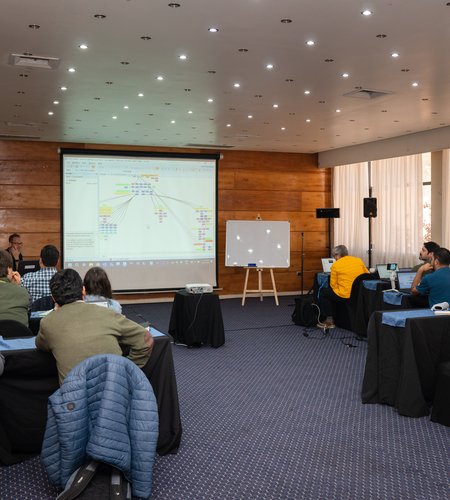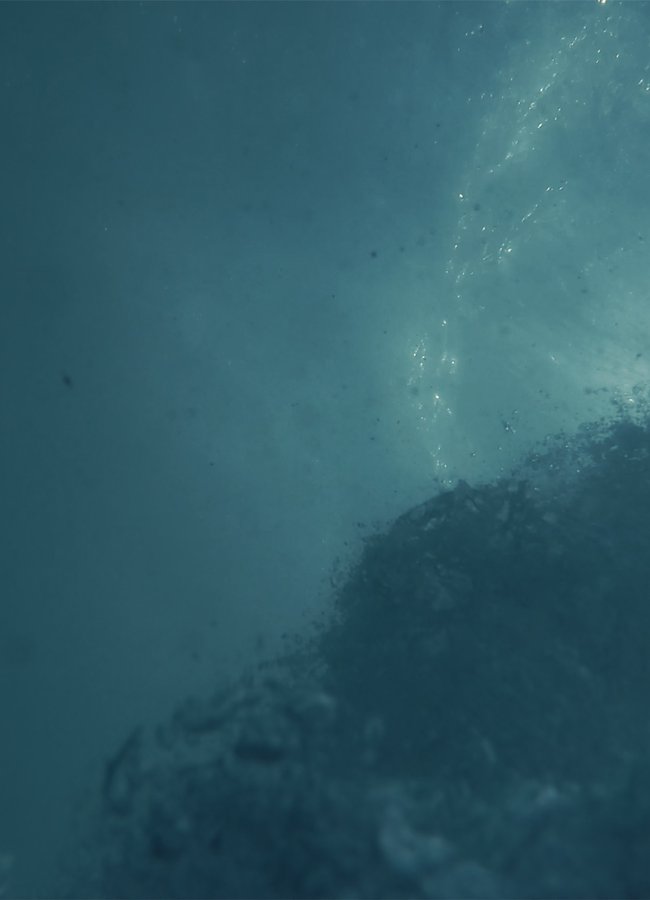SCIENTIFIC ECHOSOUNDING
Our signature 5-day course will teach you the fundamentals of scientific echosounding.
This comprehensive course provides an overview of the theory and practice of single-beam and multibeam echosounder data processing for scientific applications. Please note, there is a heavy emphasis on narrowband single-beam data.
If this doesn’t suit your needs—perhaps you’re working mostly with multibeam data or wideband single-beam data, or you’ve already taken the course and are looking to refine your skills further—you might like to consider a more focused course; check out our custom training options for details.
Public fundamentals courses are scheduled throughout the year and are held either online or in-person at specified venues globally.
Private fundamentals courses are also available; please email training@echoview.com to discuss.
Who is this course for?
This course is applicable to all users of echosounders (active sonars) for aquatic studies, whether you’re new to the field or have been working with echosounders for a number of years and wish to brush up on your knowledge.
Scientific echosounding is a highly specialized field with few options for formalized training, and we’re confident that the Echoview fundamentals course is a worthwhile and unique investment of your valuable time. This course is continually being developed and refined and has been delivered to many hundreds of acousticians worldwide over the last 20 years. As we delight in hearing often, “I wish I’d done this years ago!”.
Course content
- Echosounder theory
Understanding underwater sound (hydroacoustics), echosounders (active sonars), echosounder targets, and the echosounder equations. - Data exploration
Visualizing, inspecting, and understanding your data prior to detailed processing. - Data calibration
Calculating the correct location, time, range, depth, backscattering strength, and off-axis angle of each sample. - Data cleaning
Removing unwanted samples and accounting for noise, attenuation, and artefacts. - Target detection and tracking
Isolating point, volume, and surface targets, and tracking point targets. - Target classification
Inferring target types based on their spatial, temporal, and acoustic properties. - Target characterization
Performing on-screen and export analysis for echo counting, echo integration, and quantifying the spatial, temporal, and acoustic properties of targets.
Course materials
A temporary Echoview license will be supplied for use during the course, as well as a download link for all the necessary training materials. Attendees are also encouraged to use their own data if available.

